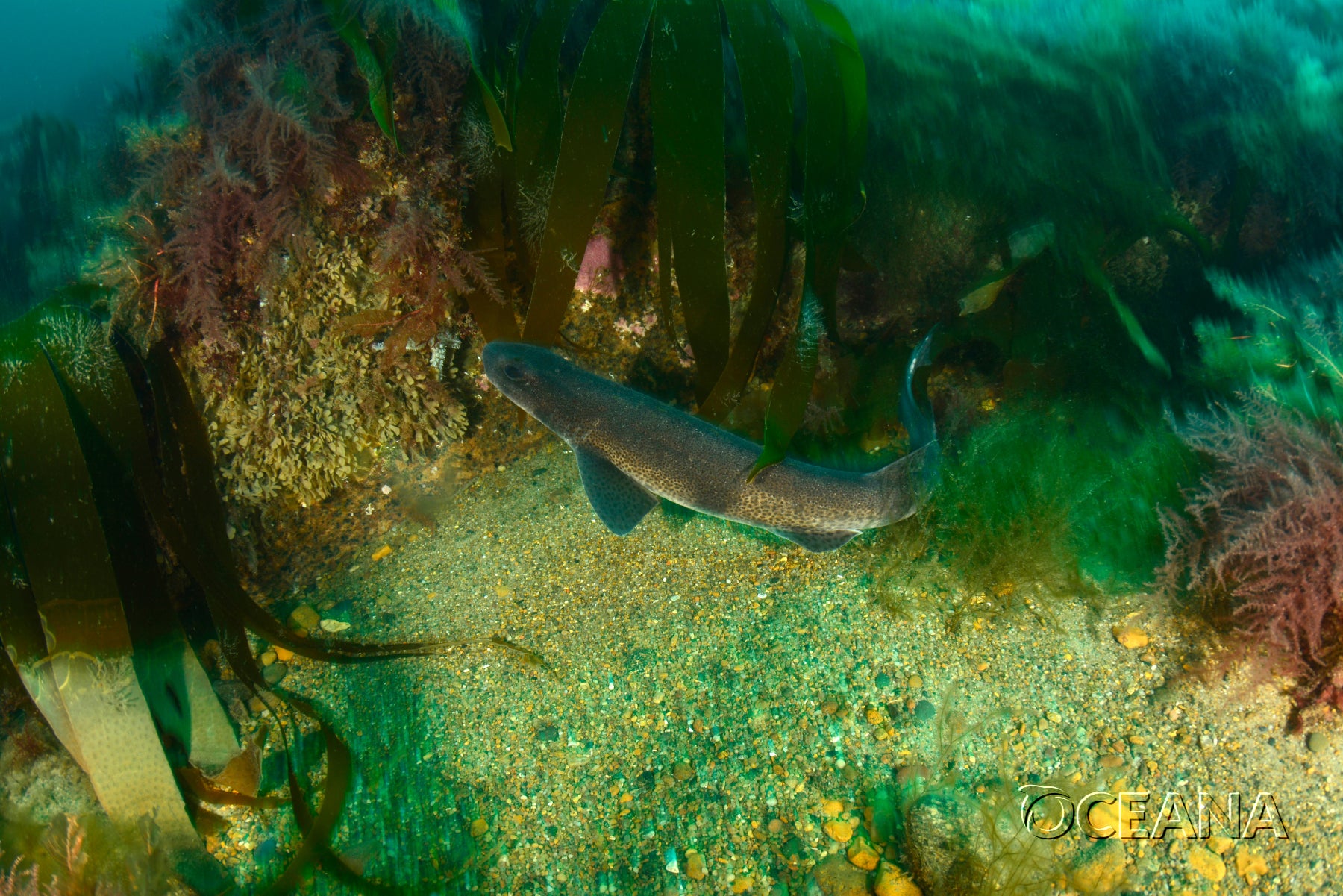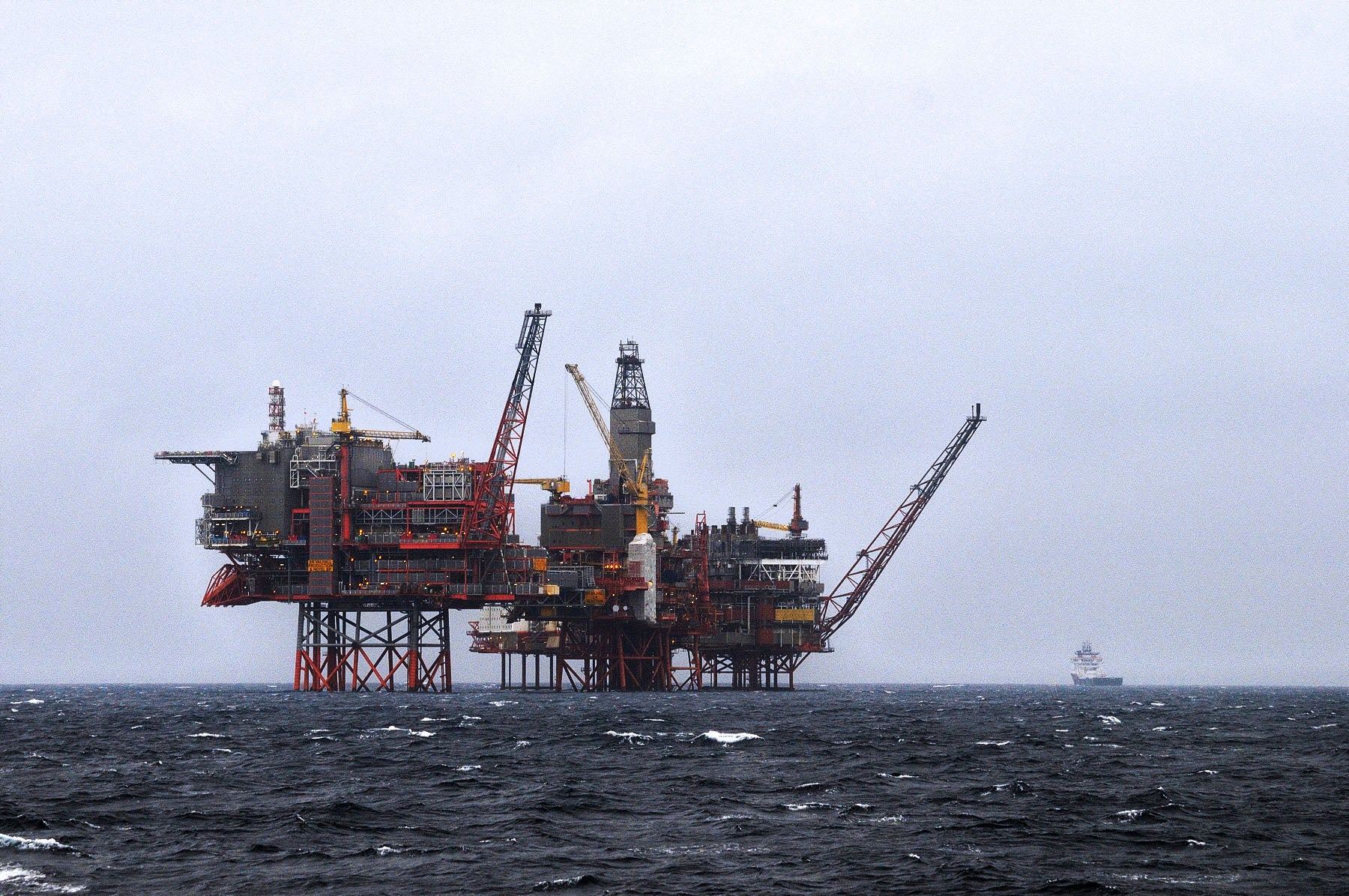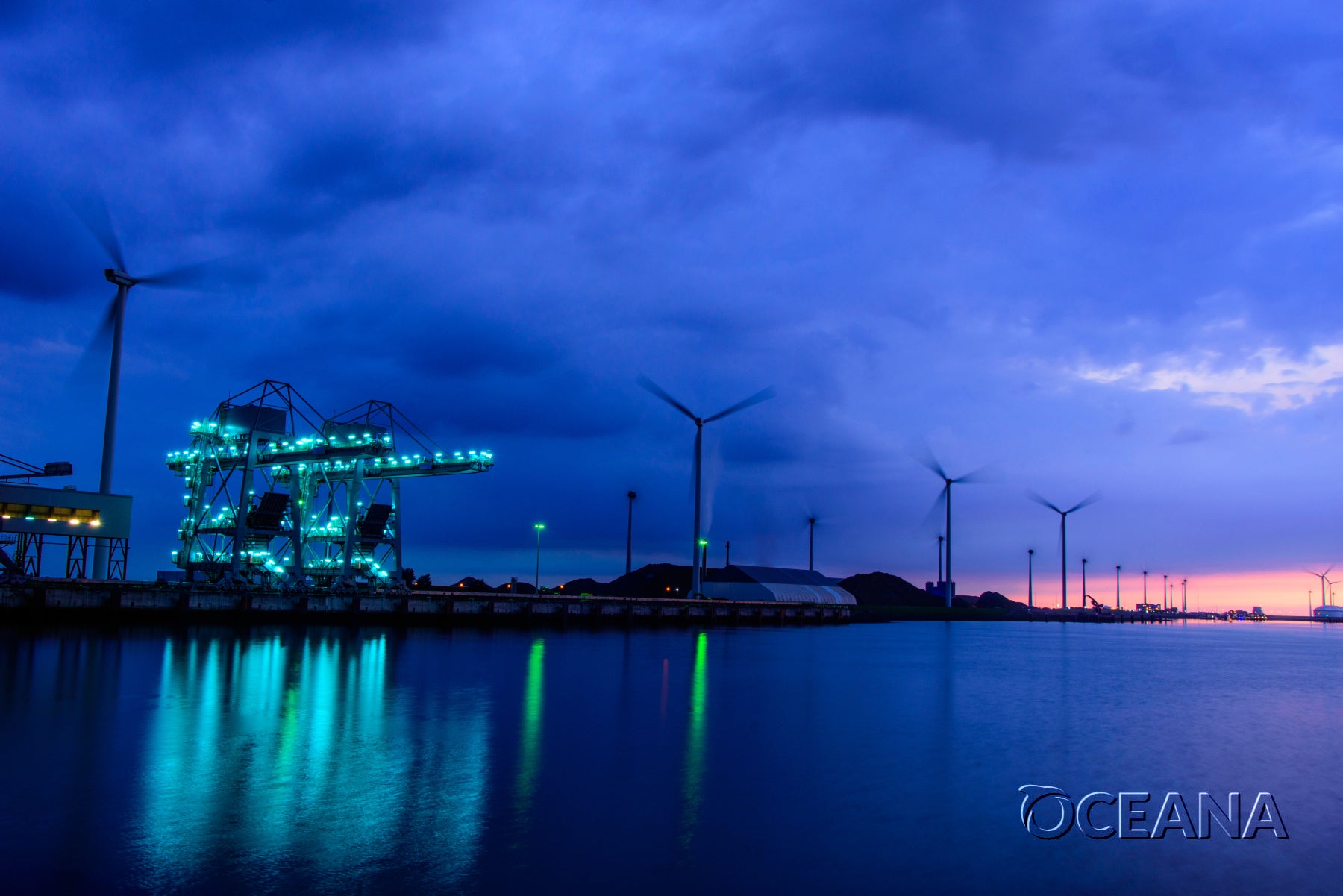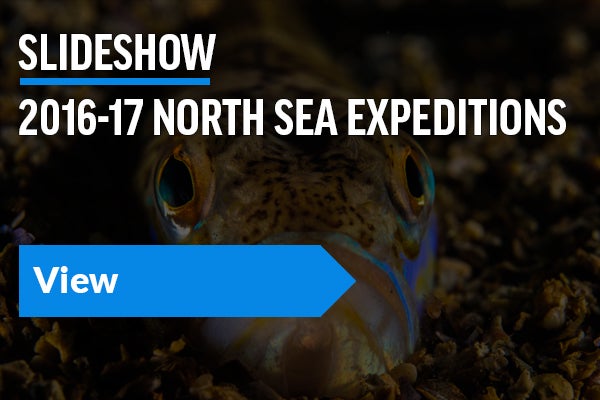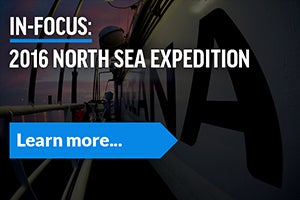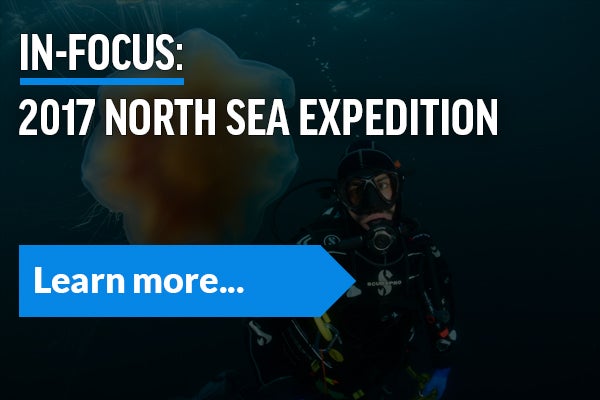Overview
The North Sea is considered one of the most productive seas in the world, with a broad diversity of plankton, invertebrates, fish, seabirds, marine mammals, and other organisms that inhabit its waters and its seabed. It is also of great social and economic value due its fisheries, oil and gas extraction, harbours, and industry — which in turn have made it one of the busiest and one of the most heavily impacted marine areas in the world.
Human Impact
The greatest human impacts on this sea are overfishing (41% of stocks are overfished in the region) and eutrophication (excess of nutrients to the water), in addition to a long list of other pressures.
These threats include: pollution from domestic and industrial sources; maritime shipping; infrastructure, such as oil and gas platforms, wind energy parks, cables and pipelines; coastal development; and military training. Bottom trawling, the most destructive fishing practice, is yet another problem the North Sea is facing — an area of seabed equivalent to more than 78%1 of the region is swept each year by trawls.
The total area of the North Sea amounts to 526,000 km2. Although its depth ranges between 0 and 466 m, most of its waters are rather shallow, reaching only 70 m.3
Oceana's Expeditions in the North Sea
The current network of marine protected areas (MPAs) in the region suffers from many gaps. For example, the majority of sites are in coastal areas, which neglects protection of offshore species, including commercially exploited ones.
Most MPAs in the North Sea only grant protection to a limited number of habitats or species within their boundaries, rather than ecosystem-level protection. Many MPAs are also not well-managed, which limits how effective they are in meeting their conservation objectives.
Compared to other seas, the North Sea is regarded as relatively well-studied, yet there are still places where knowledge about marine life on the seafloor is limited. One important step for addressing the gaps in protection of the North Sea is therefore to acquire more knowledge about the region's marine biodiversity.
With this aim, Oceana conducted two scientific expeditions in 2016 and in 2017. During the at-sea research, our team of marine scientists surveyed both coastal and offshore areas where firsthand data were needed to contribute to improved protection of marine life, either through the creation of new MPAs, expansion of existing ones, or by implementing stronger management measures to ensure effective protection of vulnerable species and habitats.
Oceana is grateful to the Dutch Postcode Lottery for their generous funding of our North Sea expeditions. During both expeditions, Oceana worked in close collaboration with local stakeholders, including local governments, scientists, and NGOs.
In-focus: North Sea Expedition 2016
| Expedition Summary | |
|---|---|
| Duration: | 2 months (July-August) |
| Countries: | Denmark, the Netherlands, Norway, and the United Kingdom |
| Guest Partner: | Stichting Anemoon |
| Technology used: | ROV (remotely operated vehicle) with a high-definition camera, professional SCUBA divers and sediment sampling |
Data: 73 ROV dives, 15 SCUBA dives, 187 sediment samples were done in 13 areas of interest, down to a max. depth of 234 m.
Findings: Sampling was carried out both in areas that are currently unprotected and inside some existing MPAs. Only limited research had previously been carried out in some of the areas studied.
In total, Oceana documented 700 species across a diverse range of habitats. Most of the survey areas were dominated by soft bottoms (i.e., sand and mud), sometimes also with rocky areas present. Other habitats of interest included areas with a high abundance of anemones, and occasionally soft corals, sea pens and gorgonians; kelp forests; Sabellaria reefs; and sponge aggregations.
The areas surveyed included some that appear to provide important habitat for a range of commercial fish species, such as cod, haddock, flatfishes, and crustaceans, such as Norway lobster and edible crab.
Oceana's first expedition in the region came at the start of EU negotiations on a multiannual management plan proposal for the North Sea. The European Commission's proposal aimed at improving the future of its iconic species, such as hake, cod, and Norway lobster, which live near the seafloor. These and other commercial species from the North Sea account for 28% of all EU fish catches.
Additional information
- Read our factsheet.
- Related press releases:Oceana's first North Sea expedition concludes after documenting richness of habitats and threats to marine life
- Oceana calls for ambition in the recovery of North Sea stocks
- Visit the expedition's page to see more videos, images and to read the crew's diaries.
In-focus: North Sea Expedition 2017
| Expedition Summary | |
|---|---|
| Duration: | 2 months (July-August) |
| Countries: | The United Kingdom, Denmark, Germany, the Netherlands, Norway |
| Project Partner: | The North Sea Foundation |
| Guests: | DISCLOSEJoint Nature Conservation CommitteeDuik de Noordzee Schoon |
| Technology used: | ROV with a high definition camera, professional SCUBA divers, grab sampling and multibeam echo-sounder (a type of sonar that allows for more detailed mapping, identification and documentation of marine communities living in the ocean floor) |
Data: 96 ROV dives, 35 SCUBA dives, 186 sediment sampling and multibeam echo-sounder tests were done in 15 areas of interest up to 460 m
Findings: In 2017, Oceana revisited some sites of particular interest from 2016 and explored new places in need of marine protection. Surveys identified potential areas of conservation importance, including areas where OSPAR-listed species and habitats were present, such as sea pens burrowing megafauna communities, and fragile reefs formed by ross worms. Some of the areas studied appear to provide important habitat for a range of commercial fishes, such as cod, haddock and flatfishes, and crustaceans such as Norway lobster and edible crab.
This expedition came at a critical moment for the management of the fisheries in the region, as it coincided at the time with European legislators' final negotiations on a multi-annual management plan for North Sea demersal stocks, including cod, haddock, and sole. Unfortunately, the final plan that was agreed in 2017 lacked ambition and allowed for continued overfishing, which persists in the region until today.
Visit the expedition'spageto see more videos, images and to read the crew's diaries.

Loading map, please wait...
PROTECTING THE NORTH SEA: AN INTERACTIVE MAP
PROTECTING THE NORTH SEA:
AN INTERACTIVE MAP
Can't see the map?
Results
The documentation gathered by Oceana during our North Sea expeditions will now serve as a solid basis to advocate for strengthening the network of MPAs in the region. Based on the specific marine species, habitats, and communities we identified, our proposals aim at designation of new MPAs, the expansion of existing MPAs, and improved MPA management measures.
We share the information gathered with national authorities, scientists, and other organisations, in order to help support broader efforts to achieve more biodiversity protection in the North Sea.
Additional Resources
- View our poster detailing some of the expedition's findings presented at the 53rd European Marine Biology Symposium.
- Read the on-board diaries from the 2017 North Sea Expedition
- Read the on-board diaries from the 2016 North Sea Expedition
Click here for more information, images and video.
